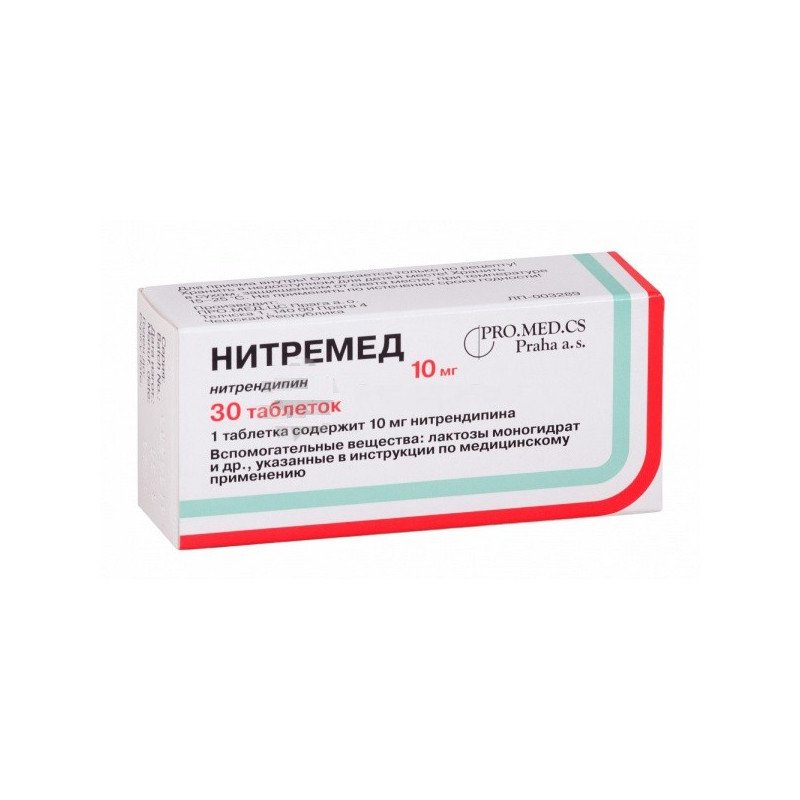



 All payments are encrypted via SSL
All payments are encrypted via SSL
 Full Refund if you haven't received your order
Full Refund if you haven't received your order
Calcium channel blocker, a derivative of dihydropyridine. It has antianginal, hypotensive effect. Reduces the current of extracellular Calcium in cardiomyocytes and smooth muscle cells of the coronary and peripheral arteries. Reduces the number of functioning channels without affecting the time of their activation, inactivation and recovery. Separates the processes of excitation and contraction in the myocardium, mediated by tropomyosin and troponin, and in vascular smooth muscle, mediated by calmodulin. In therapeutic doses, normalizes the transmembrane current of calcium. The negative inotropic effect is masked by a reflex increase in heart rate.
In heart failure, due to its peripheral vasodilating action, it increases the ejection fraction of the left ventricle. Helps to reduce the size of the heart. The antihypertensive effect is also associated with inhibition of aldosterone secretion. Does not affect the tone of the veins. Relaxes vascular smooth muscle, causes dilation of the peripheral and coronary arteries, decreases the round congestion and slightly reduces myocardial contractility. Reduces pre-and afterload and myocardial oxygen demand. Strengthening the coronary blood flow, improves the blood supply to the ischemic zones of the myocardium without developing the “robbery” phenomenon, activates the functioning of the collaterals.Does not inhibit conductivity in the myocardium. Enhances renal blood flow, has a moderate natriuretic effect.
After ingestion, more than 90% of nitrendipine is absorbed, bioavailability is 60-70%, binding to plasma proteins is 98%. Cmax in plasma it is reached within 1-2 hours and amounts to 9-40 ng / ml. Metabolized in the liver by oxidation.
T1/2 is 8-12 h, excreted by the kidneys and with bile in the form of four polar metabolites (30%). Overall clearance - 1.3 l / min. Elderly patients have an increase in T1/2in cirrhosis of the liver - an increase in AUC and plasma concentrations.
Arterial hypertension, stenocardia (tension, stable without angiospasm, stable angiospastic, unstable angiospastic with the ineffectiveness of beta-blockers and nitrates), Raynaud's syndrome (symptomatic therapy).
Install individually. Daily dose - 10-40 mg in 1-2 doses.
Nervous system: dizziness, headache, paresthesia, fatigue, asthenia, drowsiness, extrapyramidal (parkinsonian) disorders (ataxia, mask-like face, shuffling gait, arm or leg stiffness, tremor of hands and fingers, difficulty swallowing), depression.
Cardiovascular: tachycardia, stenocardia, development or worsening of HF, flushing of the skin of the face and upper body, manifestations of precapillary vasodilation (swelling in the ankle joints, swelling of the gums, peripheral edema), asymptomatic arrhythmia (includingfluttering and ventricular fibrillation); rarely, an excessive decrease in blood pressure.
Gastrointestinal: nausea, vomiting, constipation or diarrhea, increased appetite, hepatitis, increased activity of hepatic transaminases; rarely - gingival hyperplasia (bleeding, swelling, tenderness), dry mouth.
Musculoskeletal system: arthritis (arthralgia, soreness and swelling of the joints), myalgia.
Hemic and lymphatic: leukopenia, anemia, asymptomatic thrombocytopenia, asymptomatic agranulocytosis.
Allergic reactions: skin rash.
Other: visual impairment (including transient vision loss on the background of Cmax), pulmonary edema (difficulty breathing, cough, wheezing), weight gain, galactorrhea.
Tachycardia, arterial hypotension (systolic blood pressure <90 mm Hg), collapse, vascular and cardiogenic shock, the first week of acute myocardial infarction, severe heart failure, pregnancy, lactation (breastfeeding), hypersensitivity to dihydropyridine derivatives.
Nitrendipine is contraindicated for use during pregnancy and lactation (breastfeeding).
Use caution when liver failure.
Use caution in renal failure.
Use with caution in patients under the age of 18 years (efficacy and safety of use have not been studied).
Use with caution in elderly patients.
Use with caution in hypertrophic obstructive cardiomyopathy, SSS, with aortic or mitral stenosis, chronic heart failure, myocardial infarction with left ventricular failure, with arterial hypotension, in chronic liver diseases, with liver failure, renal failure, in elderly patients, in patients under the age of 18 years (efficacy and safety have not been studied).
A gradual reduction in doses is recommended before discontinuing treatment.
Against the background of the use of nitrendipine should avoid alcohol.
Influence on ability to drive motor transport and control mechanisms
During treatment, one should refrain from potentially hazardous activities that require increased attention and high-speed psychomotor reactions.
With simultaneous use with antihypertensive drugs, beta-blockers may increase the antihypertensive effect; with Digoxin - perhaps a slight increase in the concentration of digoxin in the plasma.
With simultaneous use with cimetidine, Ranitidine increases the bioavailability of nitrendipine in the absence of hemodynamic changes.
Reduction of the antihypertensive effect of nitrendipine is possible with its simultaneous use with NSAIDs (due to the delay in the body of sodium ions and the blockade of prostaglandin synthesis by the kidneys), with estrogen (sodium retention), sympathomimetics, inducers of microsomal liver enzymes (including rifampicin).
Calcium preparations can reduce the effectiveness of slow calcium channel blockers.
